Wheeler, G 2025 Insights into the origins of calcification from coccolithophore life cycles. Journal of Phycology, 61 (3). 10.1111/jpy.70036
Full text not available from this repository.Abstract/Summary
Marine phytoplankton play critical roles in global biogeochemical cycles, so it is remarkable that fundamental aspects of their biology remain poorly understood. One striking example is our incomplete understanding of life-cycle histories in many phytoplankton groups. The coccolithophores, with their characteristic cell covering of calcium carbonate plates (coccoliths), represent a lineage for which much remains to be learned about their life cycle. Most studies have focused on the heavily calcified diploid phase. However, coccolithophores can also exist in a haploid phase that is lightly calcified and often motile. Both phases can persist in the environment and reproduce asexually, representing a haplo-diplontic life cycle. The comparative biology of these life-cycle phases and the environmental factors that trigger switching between them remain poorly understood, representing a significant knowledge gap in coccolithophore biology, particularly when predicting their response to future environmental change (Frada et al., 2018)
| Item Type: | Publication - Article |
|---|---|
| Additional Keywords: | marine phytoplankton, coccolithophore, haploid, diploid, life-cycle, calcification |
| Subjects: | Marine Sciences |
| Divisions: | Marine Biological Association of the UK > Marine Microbiome |
| Depositing User: | Ms Kristina Hixon |
| Date made live: | 21 Jul 2025 10:03 |
| Last Modified: | 21 Jul 2025 10:03 |
| URI: | https://plymsea.ac.uk/id/eprint/10453 |
Actions (login required)
 |
View Item |


 Lists
Lists Lists
Lists